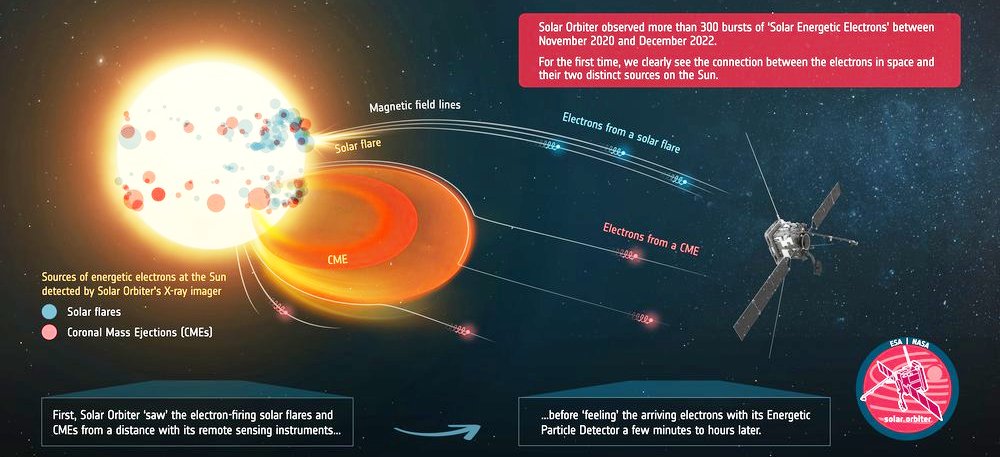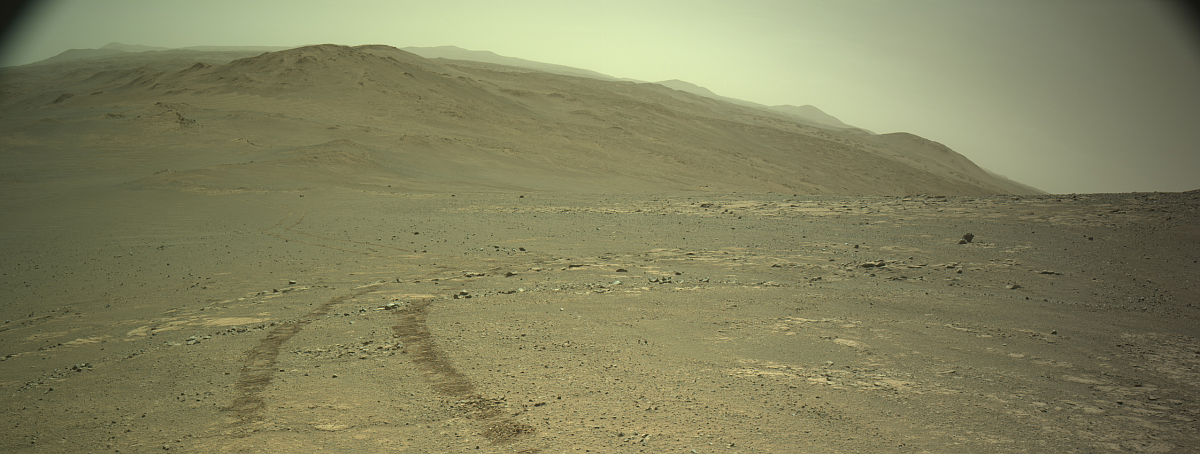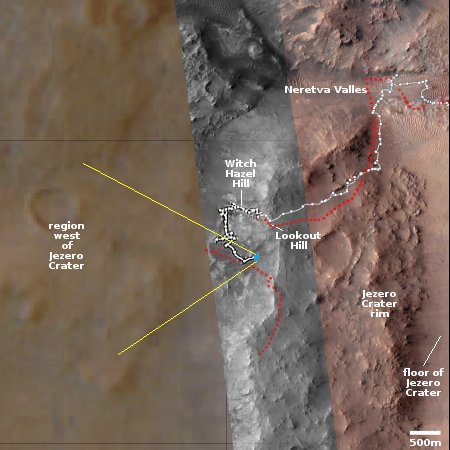September 3, 2025 Quick space links
Courtesy of BtB’s stringer Jay. This post is also an open thread. I welcome my readers to post any comments or additional links relating to any space issues, even if unrelated to the links below.
- Interlune wins $4.8 million grant from Texas Space Commission to build a facility to study lunar regolith simulants at the Johnson Space Center in Houston
The company has developed a proprietary system it claims can harvest resources from lunar soil, such as helium-3. It will use this facility to further test this system.
- Axiom touts its completion of six custom hatch units to be used on the first two modules of its station
It is not clear from the tweet whether these are engineering test hatches or the actual flight units. Either way, they have been shipped to Thales-Alenia in Italy for testing.
- Engineers propose new rectangular-shaped telescope for use in space
The concept produces a mirror that is smaller than Webb&s but with a greater ability to gather light. The article at the link touts this as a way to find alien life, a completely idiotic supposition and typical of the utter stupidity of our modern press.
- On this day in 1988 contact with the Mars-bound Soviet spacecraft Phobos 1 was lost
The spacecraft shut down due to a faulty command sequence that was sent by mission control. The failure continued the curse that has hounded Russia’s missions to Mars: They all seem to fail before or at arrival.
Courtesy of BtB’s stringer Jay. This post is also an open thread. I welcome my readers to post any comments or additional links relating to any space issues, even if unrelated to the links below.
- Interlune wins $4.8 million grant from Texas Space Commission to build a facility to study lunar regolith simulants at the Johnson Space Center in Houston
The company has developed a proprietary system it claims can harvest resources from lunar soil, such as helium-3. It will use this facility to further test this system.
- Axiom touts its completion of six custom hatch units to be used on the first two modules of its station
It is not clear from the tweet whether these are engineering test hatches or the actual flight units. Either way, they have been shipped to Thales-Alenia in Italy for testing.
- Engineers propose new rectangular-shaped telescope for use in space
The concept produces a mirror that is smaller than Webb&s but with a greater ability to gather light. The article at the link touts this as a way to find alien life, a completely idiotic supposition and typical of the utter stupidity of our modern press.
- On this day in 1988 contact with the Mars-bound Soviet spacecraft Phobos 1 was lost
The spacecraft shut down due to a faulty command sequence that was sent by mission control. The failure continued the curse that has hounded Russia’s missions to Mars: They all seem to fail before or at arrival.
















